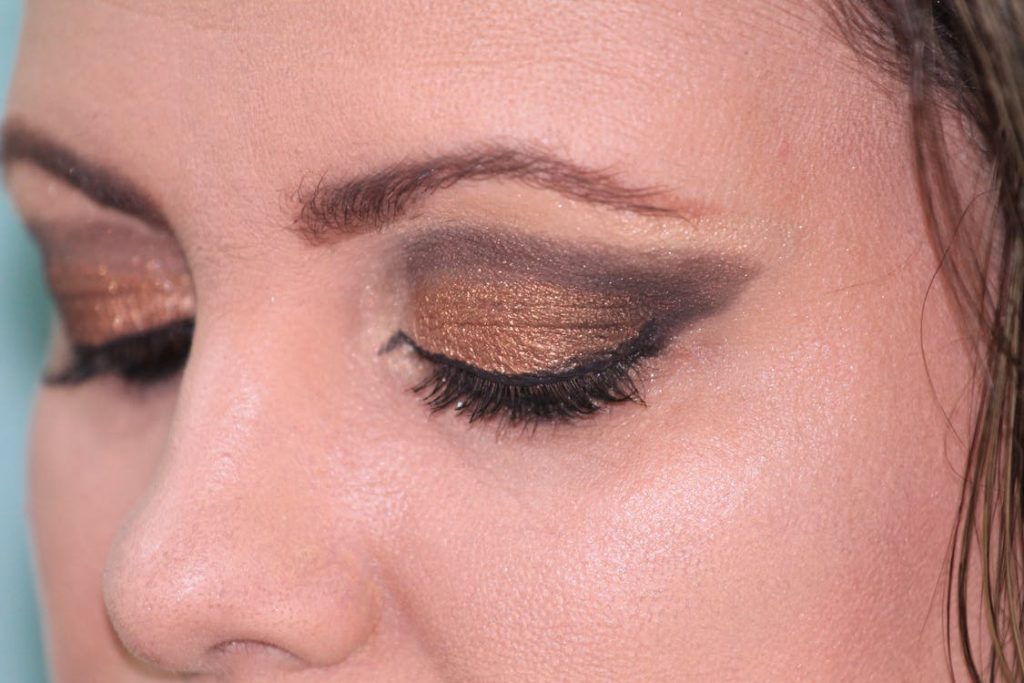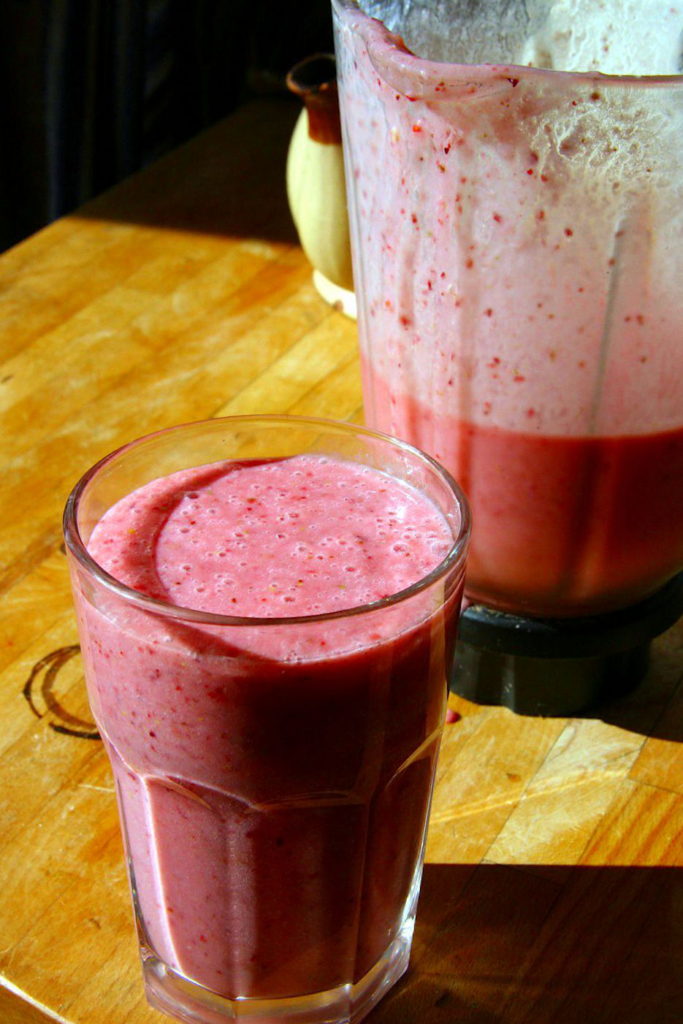
Dermal fillers are seen as a new and revolutionary cosmetic product, but few people know that they have actually been around for about a quarter of a century. Essentially, when you opt for dermal filler in Newport Beach, CA, you will be injected with fat, to fill up your wrinkles. The U.S. Food and Drug Administration (FDA) approved Zyderm in 1981, which is a form of bovine collagen (it comes from cows!). Until 2003, this continued to be the most popular method out there. However, because the collagen came from cows, there was always a chance that people would have an allergic reaction. Plus, it was unsuitable for vegetarians and vegans. Another great downside was that the collagen would only last about four months tops. Hence, it is no surprise that so many specialists started to look for an alternative, and they found various ones. Today, the collagen can be bio-engineered, avian, porcine, bovine, and even human.
Dermal Fillers Today
Today, people are more concerned about animal welfare, which means they are more interested in human or bio-engineered products. Additionally, they want something that lasts a long time, and that doesn’t come with many side effects. This is why hyaluronic based fillers are now so popular, with various brands having been developed. Hyaluronic acid is more beneficial than collagen or fat, because it isn’t animal based.
The real revolution came with Restylane by Q-Med, however. This is a colorless gel that can be injected straight into a skin fold or wrinkle through a very fine needle, not unlike the Botox procedure. Restylane uses the moisture of the skin in order to hold its shape. As such, it has been used to sculpt lips, smooth wrinkles, and shape facial contours. It was developed in 1996, and over a million people have already received it. Another very popular, and now FDA-approved, hyaluronic acid filler is Juvederm, which has a different molecular structure and is said to last even longer than Restylane.
The best way to understand fillers is to understand them as either permanent or temporary. Generally speaking, a temporary filler (Juvederm or Restylane for instance) will last no more than nine months. The product is fully biodegradable, which means the body absorbs it and, eventually, excretes it. Permanent fillers (Radiesse or Artecoll for instance) can last several years. However, just how long any brand of filler will last depends on a range of different factors, including:
- How old the patient is.
- How deep the wrinkle is.
- How much filler is injected.
There are now some so-called permanent fillers, which don’t just fill the wrinkle and restore volume, but also stimulate the skin to produce new collagen. The problem with these products, however, is that many people go on to develop lumps, known as granulomas, in the area that has been treated.
Dermal fillers are often used in conjunction with Botox, and some people also have laser skin removal at the same time. In the quest for eternal youth, however, the dermal filler looks like a clear winner.



